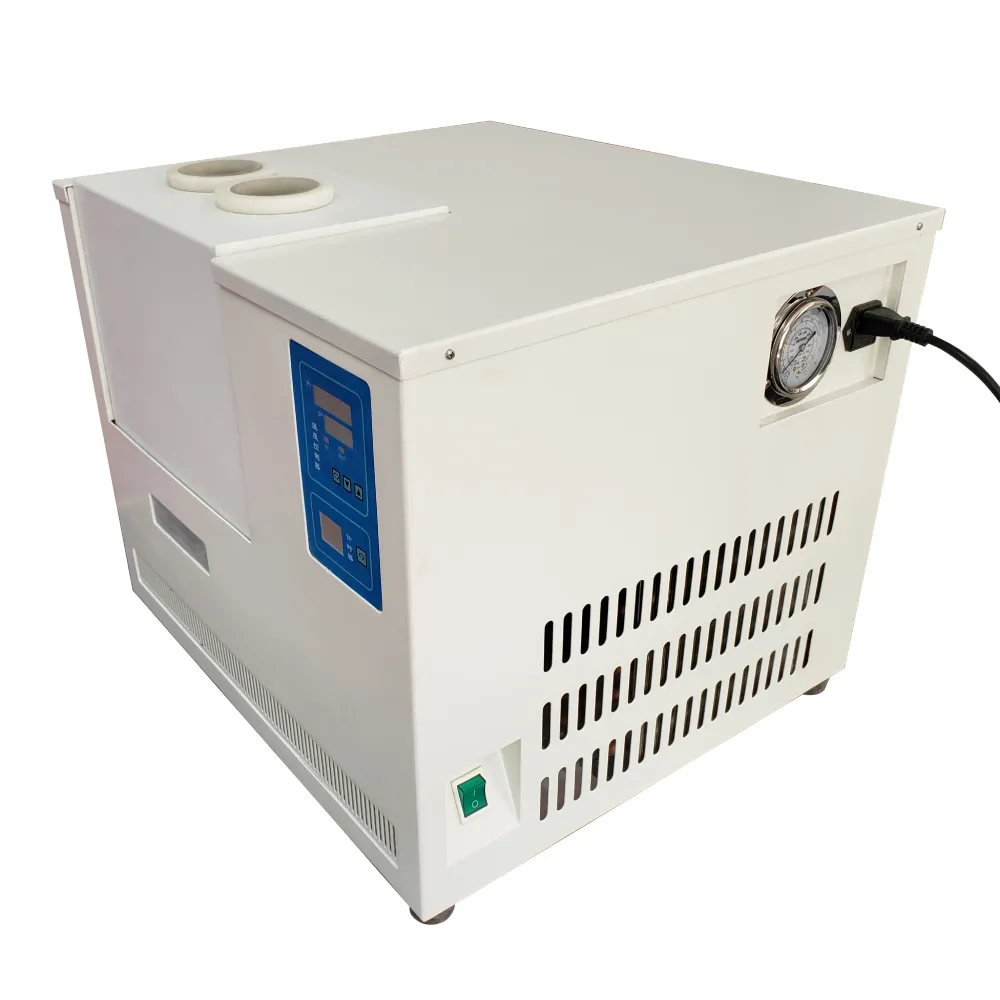 English
English



-
 Afrikaans
Afrikaans -
 Albanian
Albanian -
 Amharic
Amharic -
 Arabic
Arabic -
 Armenian
Armenian -
 Azerbaijani
Azerbaijani -
 Basque
Basque -
 Belarusian
Belarusian -
 Bengali
Bengali -
 Bosnian
Bosnian -
 Bulgarian
Bulgarian -
 Catalan
Catalan -
 Cebuano
Cebuano -
 China
China -
 China (Taiwan)
China (Taiwan) -
 Corsican
Corsican -
 Croatian
Croatian -
 Czech
Czech -
 Danish
Danish -
 Dutch
Dutch -
 English
English -
 Esperanto
Esperanto -
 Estonian
Estonian -
 Finnish
Finnish -
 French
French -
 Frisian
Frisian -
 Galician
Galician -
 Georgian
Georgian -
 German
German -
 Greek
Greek -
 Gujarati
Gujarati -
 Haitian Creole
Haitian Creole -
 hausa
hausa -
 hawaiian
hawaiian -
 Hebrew
Hebrew -
 Hindi
Hindi -
 Miao
Miao -
 Hungarian
Hungarian -
 Icelandic
Icelandic -
 igbo
igbo -
 Indonesian
Indonesian -
 irish
irish -
 Italian
Italian -
 Japanese
Japanese -
 Javanese
Javanese -
 Kannada
Kannada -
 kazakh
kazakh -
 Khmer
Khmer -
 Rwandese
Rwandese -
 Korean
Korean -
 Kurdish
Kurdish -
 Kyrgyz
Kyrgyz -
 Lao
Lao -
 Latin
Latin -
 Latvian
Latvian -
 Lithuanian
Lithuanian -
 Luxembourgish
Luxembourgish -
 Macedonian
Macedonian -
 Malgashi
Malgashi -
 Malay
Malay -
 Malayalam
Malayalam -
 Maltese
Maltese -
 Maori
Maori -
 Marathi
Marathi -
 Mongolian
Mongolian -
 Myanmar
Myanmar -
 Nepali
Nepali -
 Norwegian
Norwegian -
 Norwegian
Norwegian -
 Occitan
Occitan -
 Pashto
Pashto -
 Persian
Persian -
 Polish
Polish -
 Portuguese
Portuguese -
 Punjabi
Punjabi -
 Romanian
Romanian -
 Russian
Russian -
 Samoan
Samoan -
 Scottish Gaelic
Scottish Gaelic -
 Serbian
Serbian -
 Sesotho
Sesotho -
 Shona
Shona -
 Sindhi
Sindhi -
 Sinhala
Sinhala -
 Slovak
Slovak -
 Slovenian
Slovenian -
 Somali
Somali -
 Spanish
Spanish -
 Sundanese
Sundanese -
 Swahili
Swahili -
 Swedish
Swedish -
 Tagalog
Tagalog -
 Tajik
Tajik -
 Tamil
Tamil -
 Tatar
Tatar -
 Telugu
Telugu -
 Thai
Thai -
 Turkish
Turkish -
 Turkmen
Turkmen -
 Ukrainian
Ukrainian -
 Urdu
Urdu -
 Uighur
Uighur -
 Uzbek
Uzbek -
 Vietnamese
Vietnamese -
 Welsh
Welsh -
 Bantu
Bantu -
 Yiddish
Yiddish -
 Yoruba
Yoruba -
 Zulu
Zulu
Analyzing the Impact of Winding Resistance on Transformer Performance and Efficiency
Transformer with Winding Resistance Understanding Its Impact on Performance
Transformers play a crucial role in electrical systems, enabling the efficient transfer of electrical energy between circuits through electromagnetic induction. While their design is often lauded for efficiency, one critical aspect that can significantly affect transformer performance is winding resistance. This article delves into the concept of winding resistance in transformers, its implications, and how it is managed to ensure optimal performance.
Transformer with Winding Resistance Understanding Its Impact on Performance
The impact of winding resistance on transformer performance can be multi-faceted. In particular, higher winding resistance leads to increased power losses and can cause an undesirable rise in operating temperature. Elevated temperatures not only reduce the lifespan of the transformer but also can induce insulation failure, leading to potential outages or costly repairs. Therefore, understanding and managing winding resistance is vital for maintaining transformer efficiency and reliability.
transformer with winding resistance

To minimize the adverse effects of winding resistance, several design considerations can be implemented. For instance, using larger diameter conductors can effectively reduce resistance, thereby lowering the associated power losses. Additionally, employing better-quality materials with lower resistivity can also contribute to improved performance. Insulation techniques that help dissipate heat more effectively are also beneficial in managing the thermal effects associated with winding losses.
Furthermore, the design of transformers must consider not just the active power losses, but also reactive power. Winding resistance affects the voltage regulation of the transformer, as the additional voltage drop causes a variation in the output voltage under load conditions. Understanding this relationship is essential for engineers when designing transformers, ensuring that the reactive power characteristics align with system requirements.
Modern transformer designs often integrate smart monitoring systems that can provide real-time data on winding resistance and overall health. These monitoring systems can alert operators to potential issues before they lead to significant failures, promoting proactive maintenance strategies and extending the operational life of the transformer.
In conclusion, winding resistance is a crucial parameter in transformer design and operation. Its implications for efficiency, thermal management, and voltage regulation cannot be overstated. By understanding and mitigating the effects of winding resistance, engineers can enhance transformer performance, leading to more reliable and efficient electrical systems. As technology continues to evolve, innovative approaches will likely emerge, further optimizing transformer design for sustainable energy solutions.
-
Ensuring SF₆ Gas Safety: Introducing PUSH’s Integrated SF₆ Analyzer for Dew Point, Purity, and Decomposition MonitoringNewsJul.10,2025
-
Exploring the Main Types of Industrial Endoscopes and Their Applications Across IndustriesNewsJul.04,2025
-
Testing Equipment Industry Sees Major Advancements in 2025: Smart & Precision Technologies Lead the WayNewsJun.06,2025
-
Applications of Direct Current Generators in Renewable Energy SystemsNewsJun.05,2025
-
Hipot Tester Calibration and Accuracy GuidelinesNewsJun.05,2025
-
Digital Circuit Breaker Analyzer Features and BenefitsNewsJun.05,2025



